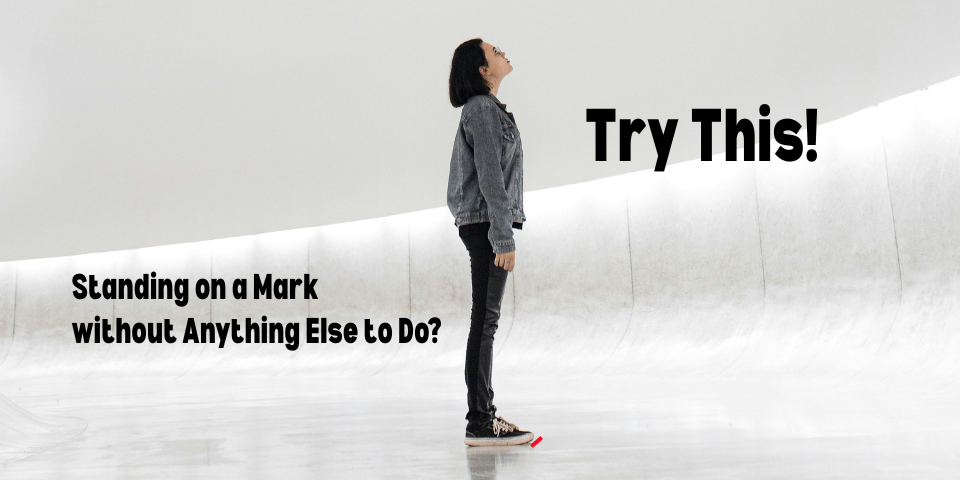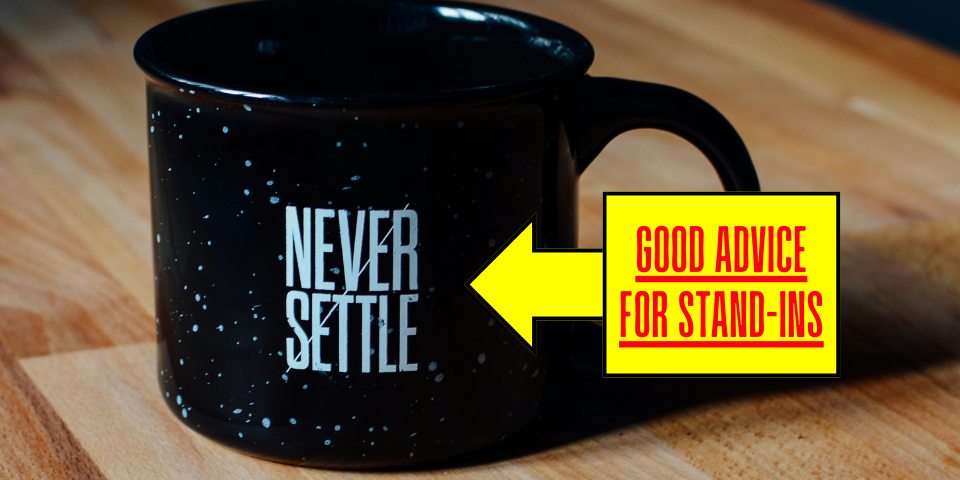Just as two fishermen may discuss the catch, when Stand-In Central’s editor Ben Hauck and I find ourselves standing in on the same set, the dialogue occasionally turns to the job of standing in.
I recently saw a few problems arise from the deceptively simple job of sitting in–that is, standing in where there is only a single seated mark. I had made the comment that this task’s seeming simplicity was a potential trap for a stand-in. That trap could be easily avoided simply by having it pointed out that sitting in can require you to be even more specific with your stand-in observation than when you’re supposed to stand.
From camera’s point of view, focusing a tight shot on a seated actor relies chiefly on how that actor has chosen to sit. With that in mind, here are a few things to take note of when watching the marking rehearsal.
Is the Actor Leaning Back, or Sitting Forward?
This is the most general and also the most important thing to watch out for, as this positioning has the most bearing on where the camera is focused.
Where Are the Actor’s Feet and Arms?
Take a look at where the actor has chosen to position his feet. Flat on the floor? Legs crossed? If crossed, at the knee? The ankle?
If at a bar, or against a table, what portion of the actor’s arms are on the table? Is he leaning deeply with the entire elbow and forearm flat against the surface? Perhaps, propping himself on just his elbows? Sitting upright with his hands in his lap?
Identifying what the actor has chosen to do with his feet and his arms will help you correctly emulate his exact position once you take over the mark.
What Is Your Actor Doing with Props, and When?
The props I find to have the most bearing on your position in the scene are cups and reading material.
If your actor is holding a book, magazine, or newspaper, where that prop is positioned will affect your eyeline.
Sips from a cup may change from take to take. However, noting the line on which your character reaches forward for his cup or puts it down is vital, as this action affects your positioning.
In Conclusion
A simple scene like when you’re sitting in can be an opportunity for you, the stand-in, to be even more specific with your performance. Errors will stand out in a scene without much blocking, so aim to impress even in even simplest of scenes.






Leave A Comment